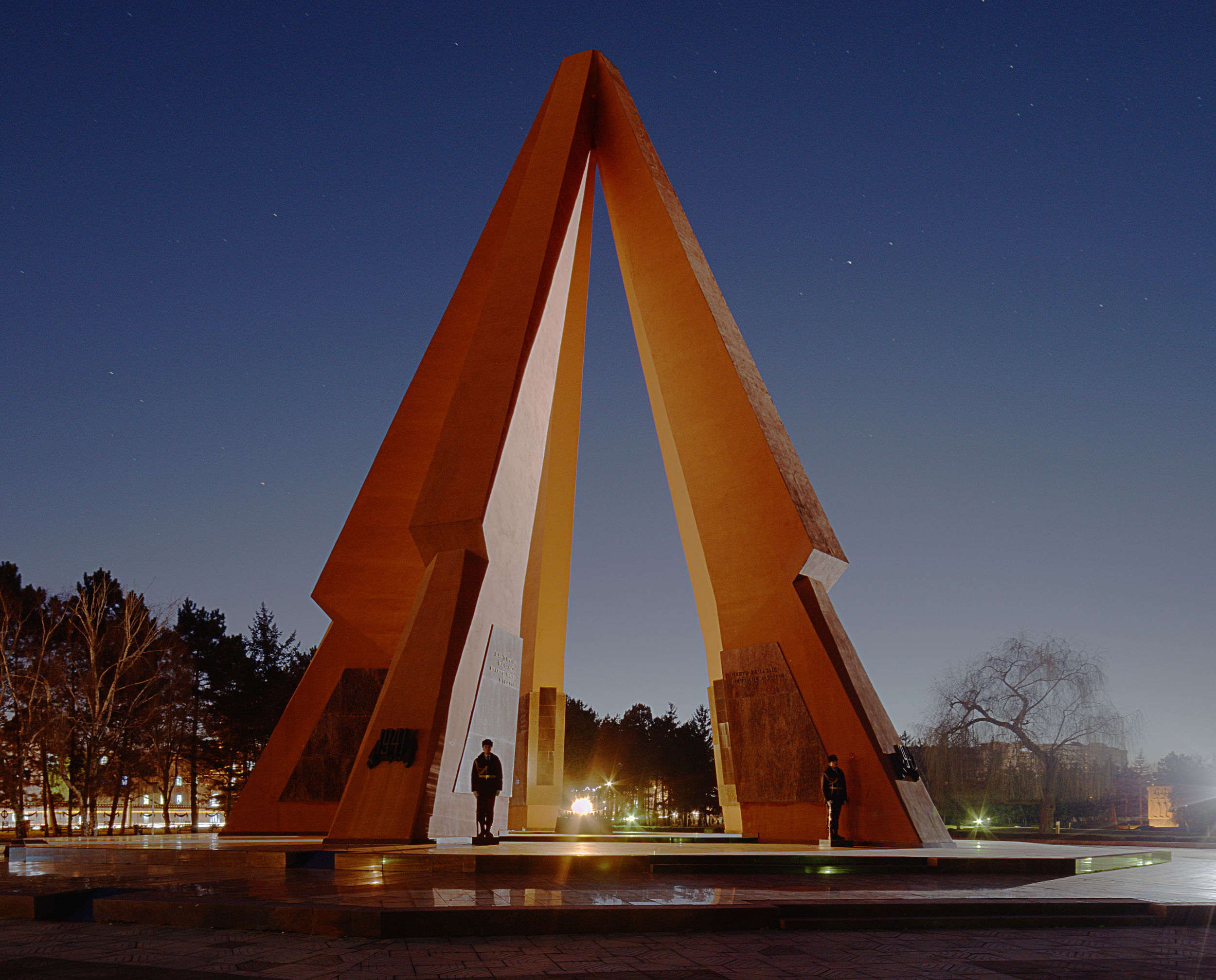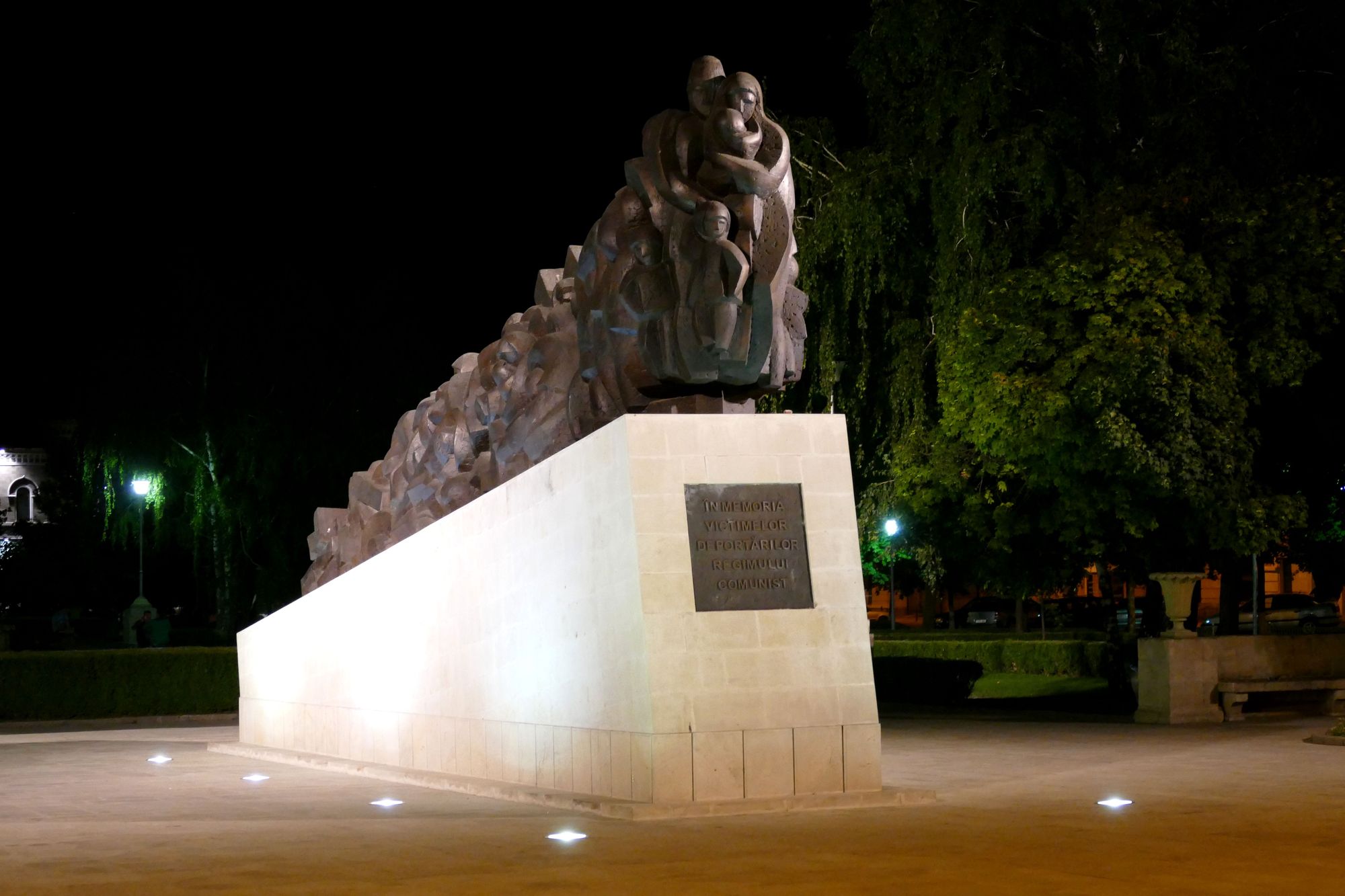|
Trușeni
Trușeni is a commune and village in the Buiucani Sector of the Chisinau Municipality, Moldova. It had a population of 10,380 at the 2014 Moldovan Census, and is a northwest suburb of Chișinău. The commune is composed of two villages, Dumbrava (population 406) and Trușeni (population 7,546, according to the 2004 Moldovan census). Etymology The name Trușeni may have originated form its legendary founder "Toader Truș" with local residents calling it "În sat alde Truș" (In Truș' village) before overtime calling it Trușeni. History Legend says that a certain Toader Truș left his hometown of Turluești and settled the village of Trușeni at where it is now, albeit this is only a legend and has no significant historical backing. The earliest documentary mention of Trușeni is from a charter by Petru Rareș in the Principality of Moldavia in relation to setting the boundaries of the local Căpriana Monastery. However, according to the Statistical Dictionary of Bessara ... [...More Info...] [...Related Items...] OR: [Wikipedia] [Google] [Baidu] |
Chișinău Municipality
Chișinău ( , , ; formerly known as Kishinev) is the capital and largest city of Moldova. The city is Moldova's main industrial and commercial centre, and is located in the middle of the country, on the river Bîc, a tributary of the Dniester. According to the results of the 2014 census, the city proper had a population of 532,513, while the population of the Municipality of Chișinău (which includes the city itself and other nearby communities) was 700,000. Chișinău is the most economically prosperous locality in Moldova and its largest transportation hub. Nearly a third of Moldova's population lives in the metro area. Moldova has a history of winemaking dating back to at least 3,000 BCE. As the capital city, Chișinău hosts the yearly national wine festival every October. Though the city's buildings were badly damaged during the Second World War and earthquakes, a rich architectural heritage remains. In addition, it has numerous buildings designed in the postwar Socia ... [...More Info...] [...Related Items...] OR: [Wikipedia] [Google] [Baidu] |
Chișinău
Chișinău ( , , ; formerly known as Kishinev) is the Capital city, capital and List of cities and towns in Moldova, largest city of Moldova. The city is Moldova's main industrial and commercial centre, and is located in the middle of the country, on the river Bîc, a tributary of the Dniester. According to the results of the 2014 Moldovan census, 2014 census, the city proper had a population of 532,513, while the population of the Municipality of Chișinău (which includes the city itself and other nearby communities) was 700,000. Chișinău is the most economically prosperous locality in Moldova and its largest transportation hub. Nearly a third of Moldova's population lives in the metro area. Moldova has a Moldovan wine, history of winemaking dating back to at least 3,000 BCE. As the capital city, Chișinău hosts the yearly national wine festival every October. Though the city's buildings were badly damaged during the World War II, Second World War and earthquakes, a rich a ... [...More Info...] [...Related Items...] OR: [Wikipedia] [Google] [Baidu] |
Anthem Of Trușeni
An anthem is a musical composition of celebration, usually used as a symbol for a distinct group, particularly the national anthems of countries. Originally, and in music theory and religious contexts, it also refers more particularly to short sacred choral work (still frequently seen in Sacred Harp and other types of shape note singing) and still more particularly to a specific form of liturgical music. In this sense, its use began in English-speaking churches; it uses English language words, in contrast to the originally Roman Catholic 'motet' which sets a Latin text. Etymology ''Anthem'' is derived from the Greek (''antíphōna'') via Old English . Both words originally referred to antiphons, a call-and-response style of the singing. The adjectival form is "anthemic". History Anthems were originally a form of liturgical music. In the Church of England, the rubric appoints them to follow the third collect at morning and evening prayer. Several anthems are included in the ... [...More Info...] [...Related Items...] OR: [Wikipedia] [Google] [Baidu] |

